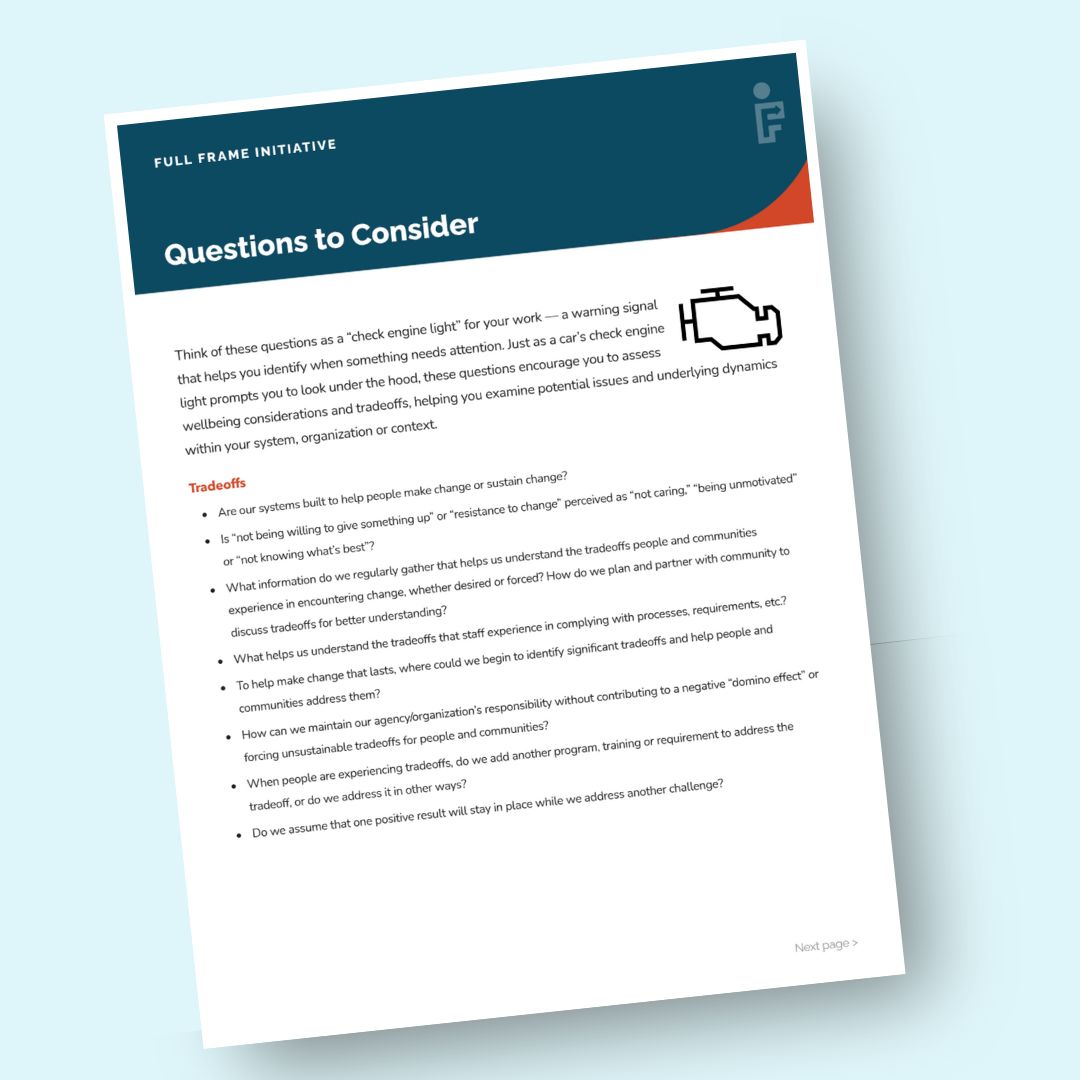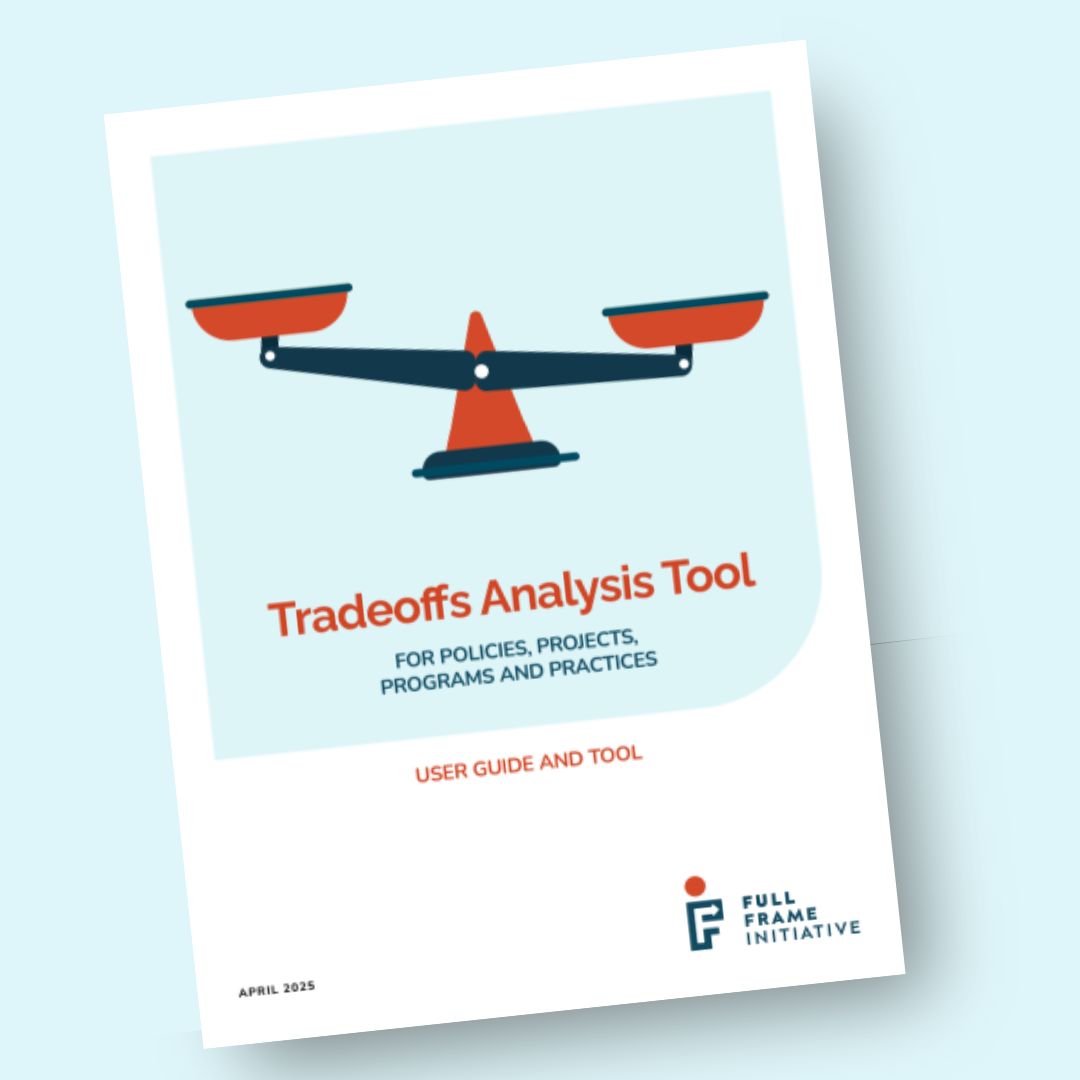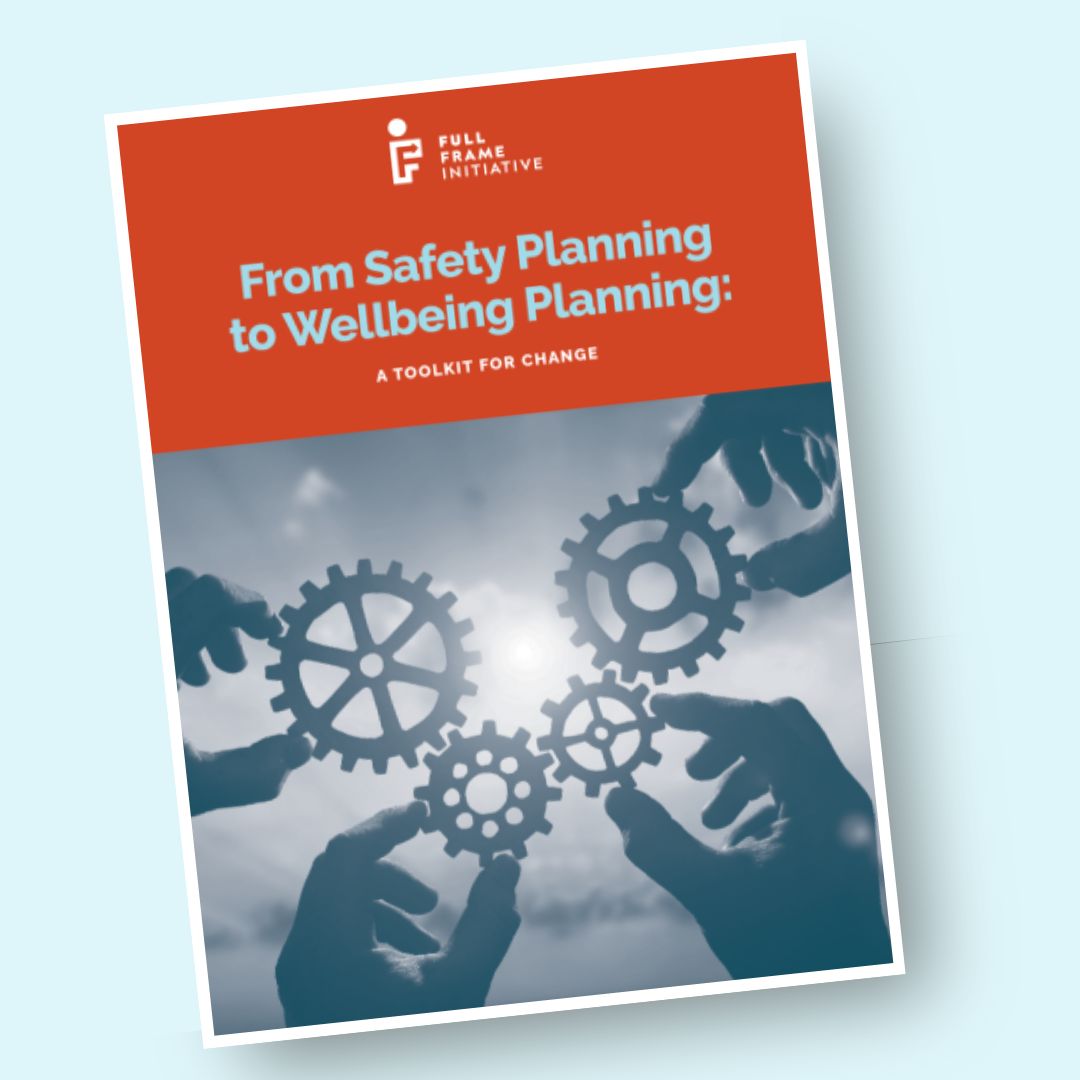A new approach is transforming how development projects happen in Cleveland, Ohio. After previous efforts failed to collect input from underrepresented communities, the City partnered with the Full Frame Initiative to implement the Wellbeing Insights, Assets and Tradeoffs Tool (WIATT) to gather insights on how a proposed lakefront development project would impact residents' wellbeing. By ensuring equitable representation and jointly analyzing the wellbeing data with residents, Cleveland has made key strides in resetting historical power dynamics, centering community voices alongside professional expertise, and adapting plans to prioritize wellbeing. Read on to learn how this transformative approach offers a new model for putting wellbeing equity at the core of how we design our cities.
Historically, the gains promised by urban development projects haven’t been shared equitably, and neither have the harms. From urban renewal that destroyed vibrant communities to harmful planning that continues to impact communities of color, systemic racism has led to some voices being amplified while others are excluded, undercut and underheard. The financial benefits and burdens of development have been considered more than people’s wellbeing.
Cleveland’s North Coast on Lake Erie is no exception. The area has been marred by a history of exclusion, especially for Black residents. Highways, railroads and a 65-foot bluff make it nearly impossible to walk and bike to Lake Erie’s shore safely. So, when city decision-makers put forth a vision for a North Coast that everyone could enjoy, previously excluded residents had every reason for distrust. Why contribute if you have never been listened to before?
A new approach was needed to shift how city officials and residents partner, undertake and experience development projects. The City needed a way to move beyond traditional community engagement questions and open comment opportunities to get at what truly matters to people: how these projects will affect wellbeing. Crucially, officials needed a better way to ensure that key voices across the city were included. FFI’s Wellbeing Insights, Assets and Tradeoffs Tool (WIATT) offered a process and a technology to help the City and its many communities navigate the tradeoffs of change.

WIATT’s technology, which we built at the invitation of the U.S. Census Bureau’s Open Innovation Labs, powerfully illuminates how a potential new project will affect residents’ wellbeing so that plans can be adjusted. One reason urban planners have historically failed to center people’s wellbeing is the reality that some voices are included and heard more than others. Rebuilding trust between residents and local government was key to reaching voices that were unheard during the City’s previous data collection efforts.
We started by identifying community partners who had credibility with residents. FFI and city leaders partnered with Neighborhood Connections for their deep local networks and track record of bridging the gap between government and residents. Neighborhood Connections identified resident leaders – “credible messengers” – to administer surveys and analyze data, departing from the typical approach of outsourcing community input.
“I was intrigued because I like working in my community and I like being a resource to my neighbors,” shared Twila Norris, a credible messenger in Ward 5 – a neighborhood under-represented in previous community input and data collection efforts. “One thing the residents I talked to were happy about was the mayor’s concern to make sure they had a voice. It’s not always accessible when the city holds community events, so people don’t know what’s going on.”
To ensure everyone’s voices were heard, WIATT’s Representation Check allowed credible messengers to compare survey respondents’ demographic data against Census data about who lives near the project site. We found that previous surveys had significantly under-sampled key demographic groups: Black or African-American residents, Hispanic or Latino residents, youth, elders, and residents with incomes less than $50,000. Credible messengers engaged in hundreds of conversations with these residents about how the proposed North Coast project would impact their access to wellbeing – resulting in a powerful new set of voices whose data is owned by the community in perpetuity.


After speaking to more than 350 residents, credible messengers joined together with city leaders in interactive sessions to interpret the data, explore tradeoffs and develop recommendations for adapting the North Coast plans to put wellbeing at the center. The community-generated recommendations addressed topics including:
Cleveland residents and government officials are resetting decades of distrust so a new vision of the North Coast can emerge – one that centers resident expertise and wellbeing, not just professional expertise and development dollars.
Working with WIATT has forced us to stare a wide variety of gaps and barriers in the face. We've found so many ways to grow and expand through these new tools and processes that have changed the ways we partner with residents.
”
It’s an important step towards a new power dynamic between residents and public servants, with ripples extending beyond the lakefront. The City is exploring how to establish credible messengers as a mainstay of their practice in other development projects. Residents report feeling a sense of pride and mastery from their experience – from developing new relationships with the City and having their insights heard to influencing decision-making and seeing their wellbeing reflected in planning. Early indicators show increases in both civic engagement for residents and responsiveness from the City in designing projects that meet the community’s needs for wellbeing. City officials and residents alike see the potential for transformation when wellbeing equity is the basis for decision-making for Cleveland’s North Coast and beyond.
Three other cities are slated to implement WIATT with FFI in 2024 to shift how they deploy massive infrastructure dollars, generating local and collective momentum in the process. But working one city at a time won’t support a movement. During a time of urgent need for transformation, this adaptable, widely applicable framework, catalytic tool and process for change shows what’s possible not just in Cleveland, but around the country.

This tool offers a set of questions related to tradeoffs and the Five Domains of Wellbeing that you can use as a “check engine light” for you and your work.

Use this tool to identify how a specific policy, project, program or practice will impact different stakeholders’ wellbeing, allowing you to anticipate and address unsustainable tradeoffs.

Learn how domestic violence practitioners can shift from a singular focus on short-term safety toward increasing survivor safety in the context of creating opportunities to support long-term wellbeing.